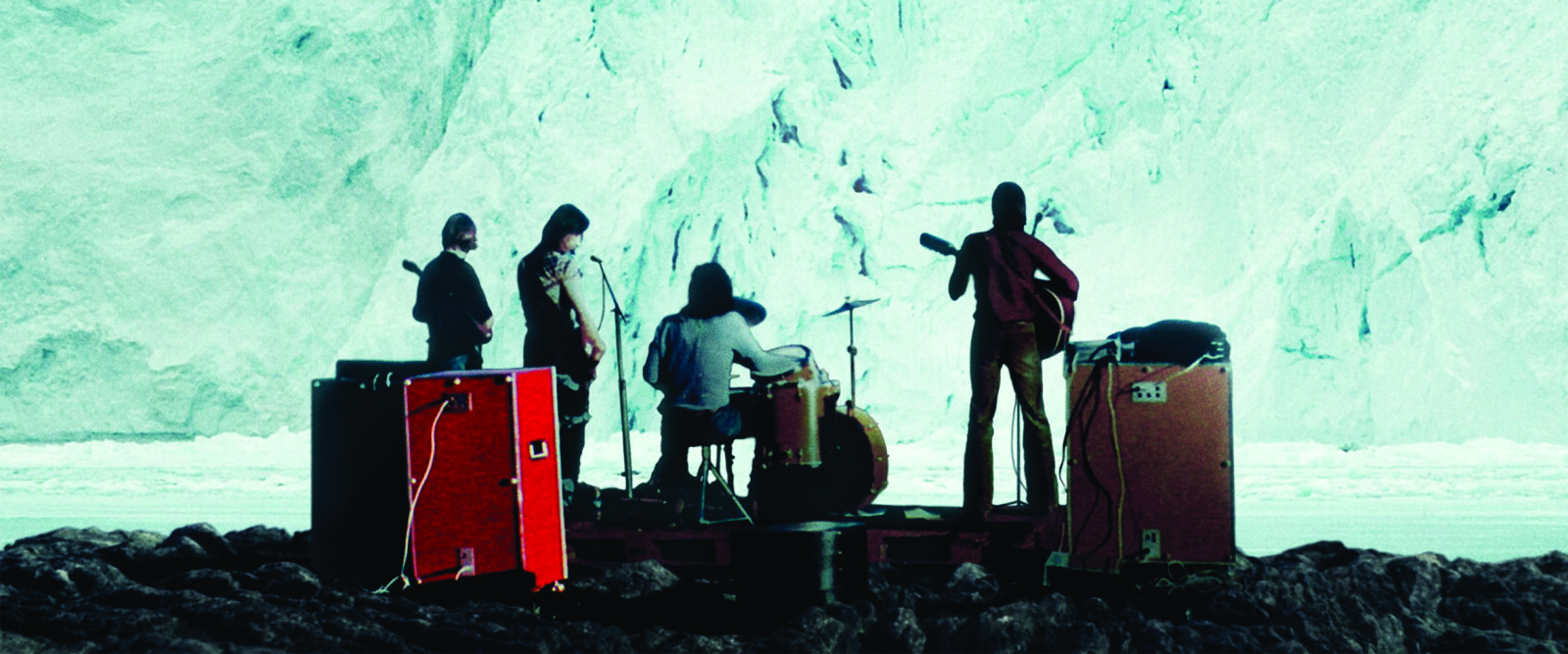Destination... Greenland: the films

Published 03/03/2021
At the 69th Trento Film Festival a film programme recounts the natural heritage, but also the conflicting identity and future challenges of the biggest island on the planet
«It is impossible to talk about a recognisable film tradition for an immense land with a population of just over 50 thousand inhabitants. Nevertheless, in the last few years a number of works have appeared at international festivals showing Greenland as it is today, recounting the extraordinary landscapes and natural heritage, but also its complex recent history, conflicting identity and the challenges faced by its population», explains Sergio Fant, in charge of the Festival’s film programme.
There are two pillars around which the programme of Destination… Greenland revolves: «on the one hand the fragility of a unique ecosystem, in the front line in terms of paying for the already evident consequences of global warming, on the other the equally drastic changes experienced by the native population following the drastic modernisation of their lifestyle and society».
Three of the documentaries scheduled are dedicated to the latter aspect, starting with Sumé – The Sound of a Revolution (2014) by Inuk Silis Høegh. This is the first film recounting the nature of modern Greenland, through the story of the first rock band from Greenland to be successful outside the island, singing about the conflict and confusion of a whole generation. From the 1970s to the present day, two films sum up the requests voiced by Sumé, starting with the question of independence from the Kingdom of Denmark: Lasse Lau’s The Raven and the Seagull (2018) puts the emphasis on the emergence of a post-colonial conscience in Greenland, as in Denmark, encouraging reciprocal knowledge; while Kenneth Sorento Dichmann’s The Fight for Greenland (2020) follows a recent electoral campaign and offers a fascinating portrait of Greenland today, through the positions of the candidates on opposing fronts and the concerns of their supporters.
In Winter’s Yearning (2019), by Sidse Torstholm Larsen and Sturla Pilskog, the transformation in lifestyle comes face to face with environmental issues, the film following over the years plans for a colossal industrial plant, along with the battle between citizens worried about the environmental impact and traditional activities, and those determined to exploit the natural resources offered by the area. While one environmental threat has so far been avoided, another very concrete example is global warming. Sila and the Gatekeepers of the Arctic (2016), by the Swiss filmmaker Corina Gamma, follows in parallel the age-old subsistence activities of inhabitants in the most northerly settlement of the island, and the activities of scientists in the same area who study the polar ice cap to interpret the dramatic climatic transformation.
Two works take a particular look at the way of life of young people, hit by a crisis of identity, unemployment, high levels of addiction and domestic abuse: Eskimo Diva by Lene Stæhr (2015), with a colourful and affectionate portrait of a musician and performer who by challenging the prejudices of the community, affirms his identity as a queer and dreams of becoming a pop-star; and finally Arctic Spleen (2014) by the Italian photographer and director Piergiorgio Casotti, who lived on the eastern coast of Greenland for no less than three years, during which time he documented with sensitivity the lives of teenagers, marked by boredom, domestic violence and the absence of prospects, leading to one of the highest suicide rates in the world among young people.
The programme of Destination… is completed by a number of short films, focusing on representing the geographical characteristics and traditions of Greenland: the documentaries Snow (2017) by Nivi Pedersen and Inuk Jørgensen’s Hedtoft (2019) and In the Shadow of the Tugtupite (2020), the poetic animated movie Naja (2020) by Marc Fussing Rosbach, Tinne Zenner’s fascinating experimental film Translations (2018), and the world premiere of Fabio Pasini’s Ella e l’ultimo cacciatore (2021).























